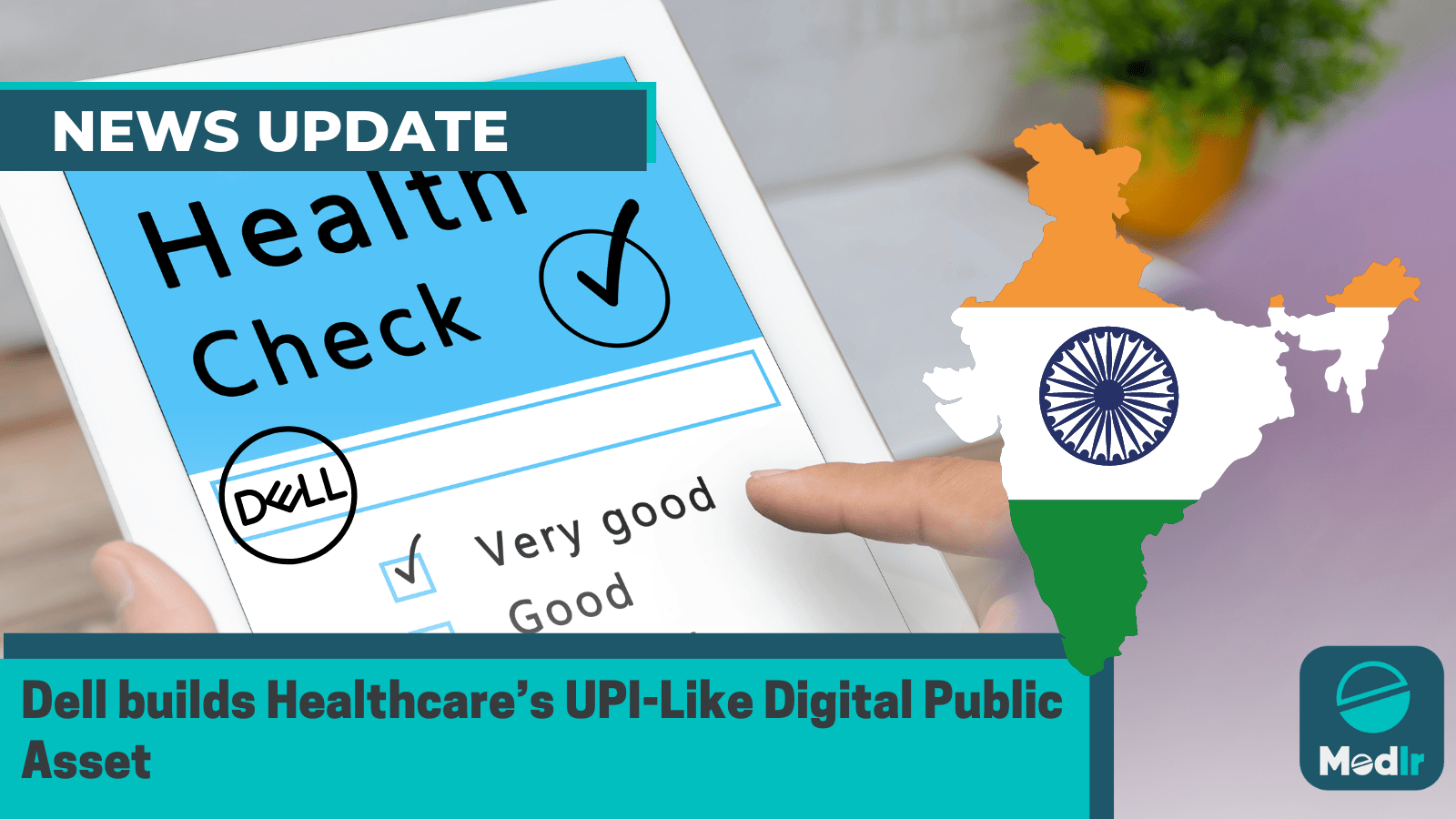Dell builds Healthcare’s UPI-Like Digital Public Asset
Written by Jaskiran Walia, Arushi Sharma
Dell takes a bold step towards transforming healthcare with the creation of a UPI-like digital public asset.

Globally, non-communicable diseases cause 68% of deaths; India’s rate is 61%. Detecting non-communicable diseases in rural areas requires digital tools like Digital Lifecare, developed by the Ministry and Dell, to screen for them effectively.
Digital Lifecare is a mobile, cloud-based platform for healthcare professionals to screen, diagnose, manage, and monitor NCDs comprehensively.
Mallari Kulkarni, Dell Technologies’ initiative head, shares enrollment growth from 58,000 to 238 million since 2018. The platform enables precise patient targeting, treatment, and appointment support. Tata Trusts, the partner, trained 110,000+ healthcare professionals, offering a comprehensive patient view for improved care continuity. Kulkarni adds -
“NCDs are silent in nature and the symptoms don’t show up till later stages. They are chronic and require consistent follow up treatments and lifestyle changes. Without technology, effective management of NCDs at a large scale would take a long time.”
The platform is helping digitally transform rural areas. Kulkarni adds -
“For instance, ANM and Asha workers used to carry physical registers to collect data. This was digitized later. Using the DLC app, the data can be directly added to the app, which reduces the margin of error at the grass root level.”
The app offers Medical staff can work offline, with data syncing to the cloud upon reconnection to the internet. The team developed the app to function in eleven different languages.
Kulkarni explains that ensuring the platform's functionality for hundreds of millions of people was a major challenge. As health is a state subject, a federated deployment architecture was necessary. Data was maintained in the national data center while allowing some states to store data in local centers. The system enables deployment in state data centers while sending aggregate data back to the national data center.
Right now, 33 states are using the platform. Kulkarni says it’s a worldwide example of how to make healthcare better in terms of access and quality.